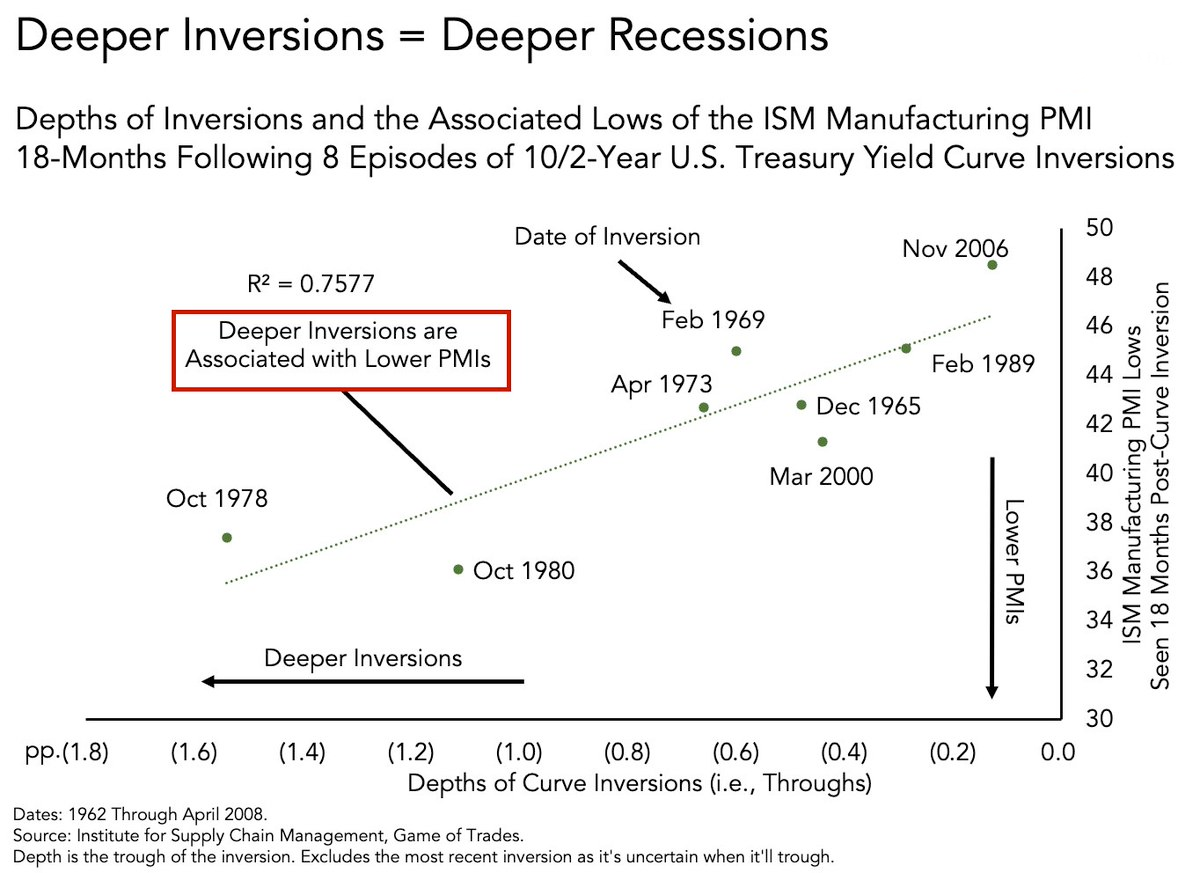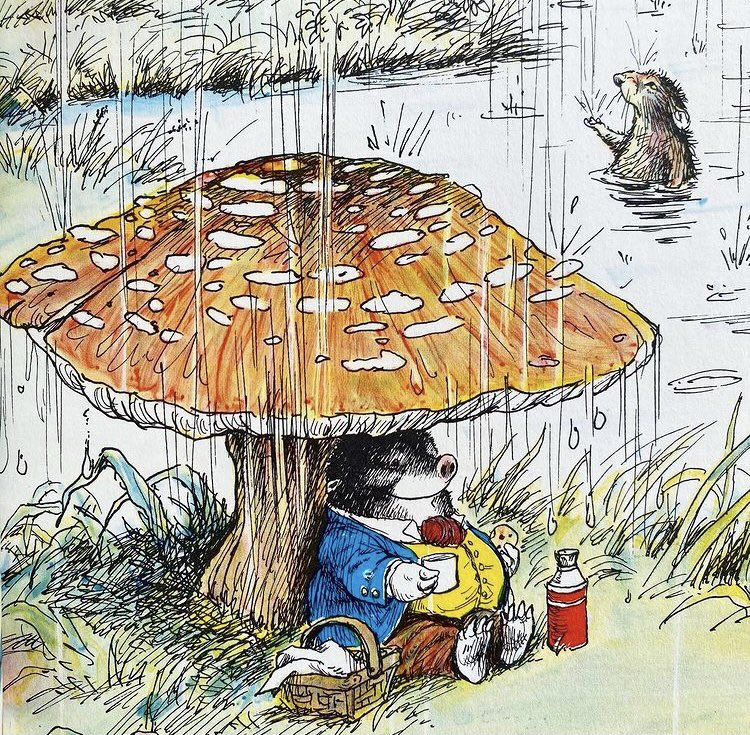
I’m guessing this means either more war/ more austerity/ imperialism ? 😅
If anyone’s interested as to why this is, it’s because interest rates are proportional to risk.
Under normal circumstances, investors of bonds are exposed to higher risk when they buy a longer maturity bond. So they will get a higher interest rate. IE: 10 yr bonds will have a higher yield than 2 yr bonds.
However, if in the short term, there is expected to be significant risk, then the yield for 2 yr bonds will increase faster than the 10 yr yield. When the yield for 2 yr is higher than 10 yr, let’s say, then that’s called a yield inversion, and that’s indicative that some shit’s gonna go down soon.
Other indicators are to look at stock volatility, and comparing 9 day vol to 20 day vol.
What happens if both have high yields? Would that be possible or would that just mean imminent terminal collapse?
It’s possible. Since all bonds yields are also proportional to inflation, it just means inflation is high. That in itself can be a good thing for the economy (demand driven inflation) or a bad thing (supply driven inflation). The curve inversion compares bonds against each other so it negates the effects of inflation.
But keep in mind that what’s good for the economy may not necessarily be good for the people. Demand driven inflation also means a higher rate of capital accumulation, and a decrease in the living standards of the working class. It’s also something that the federal reserve implicitly said they were trying to do for years. (Fuck J pow)
The economic situation we want is actually supply driven deflation, where prices become cheaper because goods cost less to produce. This is the situation where it’s the most detrimental to the investor class. That has its own problems such as debt being harder to pay off. But that can be fixed with negative interest rates.
But in 1928 they used deficit spending to alleviate the poor (hoover dam etc) (correct me if im wrong pls), now they argue that any government spending is bad. i think the longer this continues, the less legitimate the government will be percieved, until there is a breaking point with whatever outcome
Right, government spending is obviously not a negative off itself. The key question is where the government allocates the resources. The problem in US has been that the government isn’t allocating its resources in a way that actually translates into standard of living improving for the population. This in turn leads people to lose faith in the government.
They loose faith in the government but support the people that pushed these measures in the first place lol
utter lack of political literacy will do that to mfs




